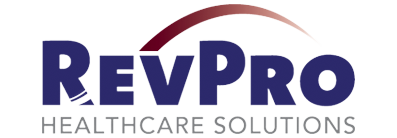Software implementation requires a smooth integration to make it a worthwhile tool for your medical practice. Regarding the implementation process, it can be confusing to some individuals. Initially, a new software will need to be installed, setup correctly, and taught to current or future employees. Without a smooth process, it can be difficult to effectively complete the transition into daily operations. To improve the success rate of using a new software, here are some tips to follow which can make the installation much easier.
Before you’ve even made a final decision of what software to use, you must identify what the main purpose of the software is. Depending on what areas of your practice are lacking, different softwares will provide different benefits. Some softwares are primarily used for documentation purposes, such as recording health details of patients, while other softwares might be utilized for billing purposes instead. Communicate with your team to determine what software is best for the practice.
The next step will include the installation process and migration of related data. Installation is straightforward, as most softwares only require you to decide what location of the system it will be installed at and if you have enough storage space. On the other hand, data migration can be more complex. When handling patient data, it’s crucial to create a step-by-step procedure that will not only be smooth, but will also prevent data loss or any information from becoming corrupted. Patient records contain sensitive information that can put someone at risk of identity theft, fraud, or other issues if compromised.
Following along, after the software is installed and ready, you must begin training your employees on how to use it. The implementation of a new software can be intimidating to some, but as a team, you’ll be able to focus on any shortcomings and eventually become experts together! To optimize training, you can set up training sessions or create a support group that is already more knowledgeable with the software, so they can help others learn it.
Finally, the last step is testing and going live. Testing helps your team discover other areas of improvement while trying to understand the software. After a while, most employees will get it down, but there will always be unfamiliar processes that might throw someone for a loop. Testing will be able to keep employees on their toes and allow you to identify any bugs the software might have as well. Daily maintenance will be essential, because after a software goes live, it will continue to be updated and changed as time goes on. The next best thing you can do is stay prepared for when the time comes.
If you proceed with software implementation without a plan, it might bring more problems than benefits. If you’re interested, we offer a variety of services and softwares! Feel free to check them out and visit our contact page when you’re ready to get in touch with us. We hope to hear from you soon!
Share this article:

